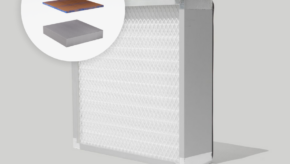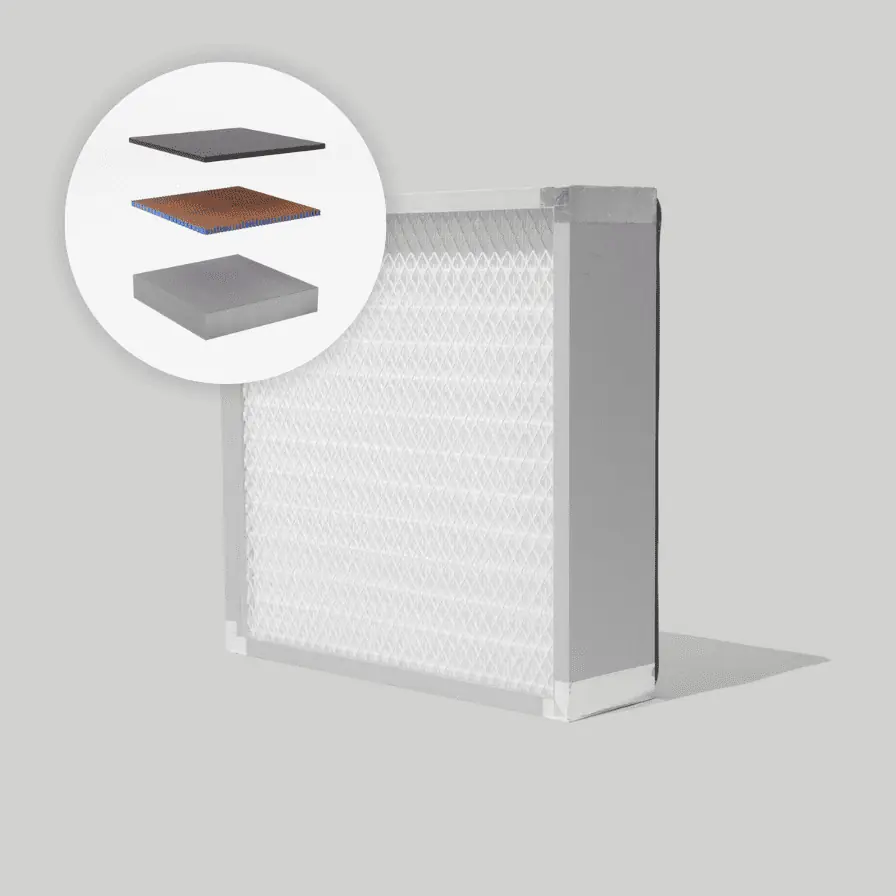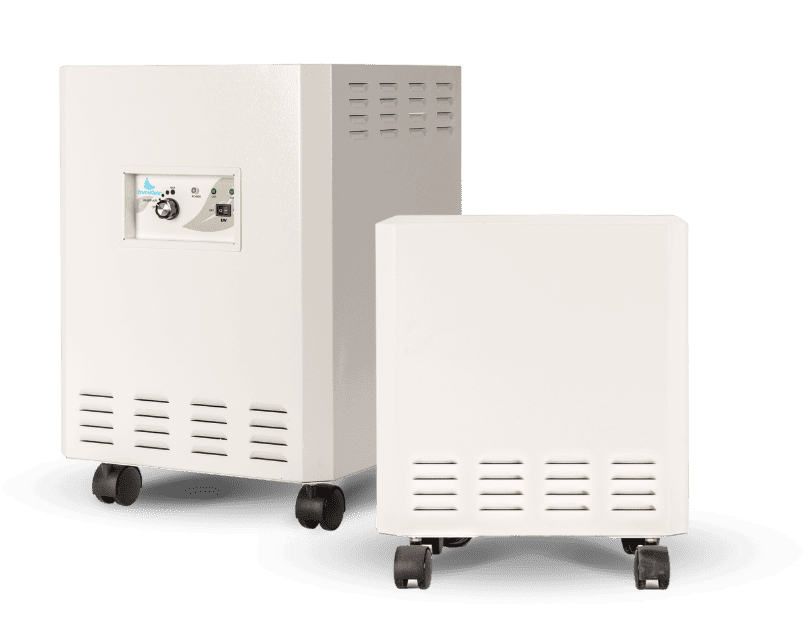When we think about mold, we typically tend to think of older home’s as the major environments that mold thrive inside of and grows rapidly. Although older houses may be more susceptible to the intrusion of mold, this is not the only environment where mold will grow inside of and spread. Mold is a very versatile fungus that can grow in a variety of different species, colors, appearances, and potential health effects that can plague an individual who is exposed to this possibly hazardous species of mold.
Mold can grow in both indoor and outdoor environments, with the number of species of mold vast. The exact number of species of mold is a number that is not known but it is estimated that the amount of species ranges from tens of thousands to even possibly hundreds of thousands or more. However, when it comes to mold growth in a home or other personal indoor environment, there are only a handful of mold species that are commonly found within these areas.
What are the most common household molds and what can you do to mitigate and remove these molds from the environment?
Types of Mold Found in Homes
Mold is a very sneaky and rapidly growing fungus that can wreak havoc inside your personal indoor environment before you even identify the growing presence of the mold. The signs that mold give way to inside your home can be discrete and not easily detected but having an understanding of the types of mold that are commonly found in home’s can help you to act more quickly when it comes to mitigating the source of the mold.
The most common types of mold found in homes include the following:
- Alternaria: A very common type of mold that is found both indoors and outdoors. Alternaria typically appears in damp areas such as near a sink, shower, or dark area. This type of mold will trigger asthmatic attacks or allergic reactions upon exposure.
- Aspergillus: Aspergillus is a fairly noninvasive and less hazardous mold that grows indoors. The health hazards of this mold are acute and range from respiratory infections, allergies, to even inflamed lungs.
- Cladosporium: Mold that is found within drywall where moisture is present will likely be that of Cladosporium. This mold is often also identified by the distinctive musty odor that it produces into the air.
- Stachybotrys Chartarum: Also known as black mold, is a fairly toxic mold that is most known for its ‘blackish’ appearance. This mold produces toxins into the air that can significantly taint the air within this environment and impact the health of those exposed.
Treating Mold in the Home
The growth and development of mold can spiral quickly within the environment, spreading rapidly like wildfire in both the air and on surfaces. The hazardous aspect to mold is its ability to spread rapidly by creating mold spores from the developing mold in the environment. Mold spores are fine particulate matter that float within the air in the hopes to land on surfaces for reproduction to begin. These tiny microscopic spores can become easily ingested or inhaled by those who are exposed to the tainted air, which can wreak havoc on an individual’s health. This is why it is important to not only treat the surfaces where mold has grown but also treat the air within the environment where the mold has developed and spread.
The EnviroKlenz UV Air Purifier is a highly effective mold removal air purifier that utilizes a combination of patented earth mineral technology and UVC lights to effectively kill any collected microorganisms (such as bacteria, viruses, and mold spores). The air purifier contains the patented earth mineral air filter, along with a hospital-grade HEPA filter. The HEPA filter will capture fine particulate matter including mold spores on top of the filter, and above this HEPA filter the UVC lights are located above it to provide a high efficiency of kill to these mold spores.
EnviroKlenz UV Air Purifier Effectiveness Against Mold
The following experiment was set up to illustrate the impact of the UVC light in the EnviroKlenz Air System. Two EnviroKlenz Air Systems were set up in the same indoor air environment with HEPA filters installed. HEPA filters are designed to capture a broad range of particulate mater 0.3 microns in size and larger.
In one system the UVC light bulbs were turned on, while in the other system UVC lights were not used. The systems were allowed to collect particulate matter for 1 week. After the week of collection ended, the systems were turned off and the HEPA surface was sampled with sterile collection swaps and streaked on to the nutrient agar plates (MEA). The plates were then allowed to incubate for 10 days.
In the image above, the plates are observed. The MEA plate on the left has mold growth. This was the sample collected from the system without the UVC lights running, while the sample on the right shows the UVC light being on killed the mold and the resulting plate with no growth observed.









